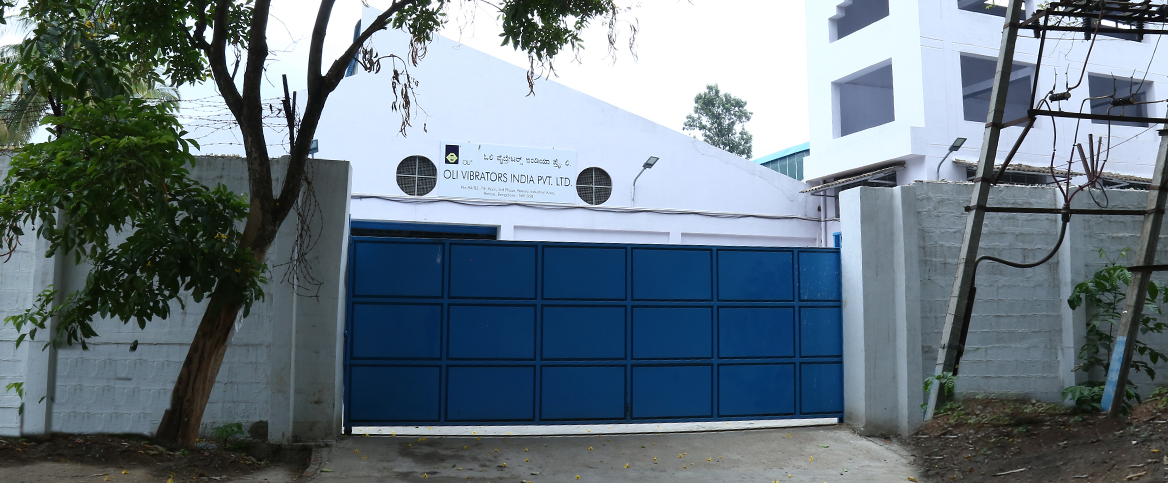
Oli denied ever ordering security forces to shoot demonstrators, saying that “bullets were fired from automatic guns, which were not possessed by police personnel,” urging a full inquiry into what he described as violence incited by “infiltrators” during otherwise peaceful protests. He also said institutions and state symbols had come under assault, including arson attacks on Singha Durbar, Nepal’s national map, and other government property.
He cast the 2015 blockade on Nepal’s southern border as a defining test of Nepal’s sovereignty. “The constitution was issued overcoming the blockade and the challenges arising over the country’s sovereignty,” Oli wrote in Nepali, framing the 2015 episode as one of enduring national determination. This blockade was blamed on India at the time following Nepal’s promulgation of its constitution, though India officially denied involvement.
Oli also drew attention to his government’s strengthenings of ties with China, referring to various “deals” made between Kathmandu and Beijing under his leadership. In his earlier tenure, he had emphasised cooperation through initiatives such as the Belt and Road framework, infrastructure projects, and transit agreements, presenting them as essential to reduce Nepal’s dependency on its southern neighbour and protect its economic and territorial autonomy.
Political analysts highlight that these assertions reinforce OlI’s longstanding strategy of projecting Nepal as non-aligned but assertive: seeking strong development cooperation with China while pushing back against perceived interference from India. Critics say this posture has risked escalating diplomatic tension, while supporters argue it is vital for Nepal’s self-respect and diversification of its external relations.
